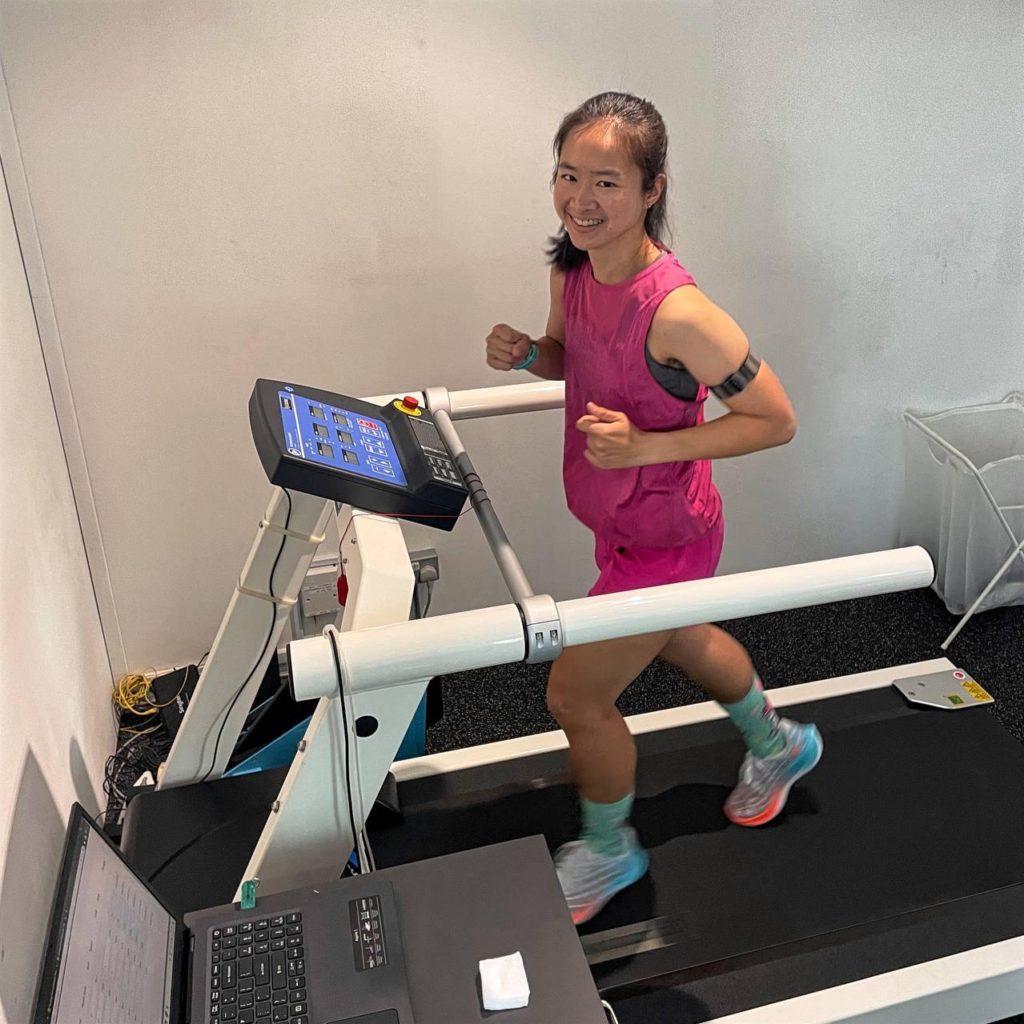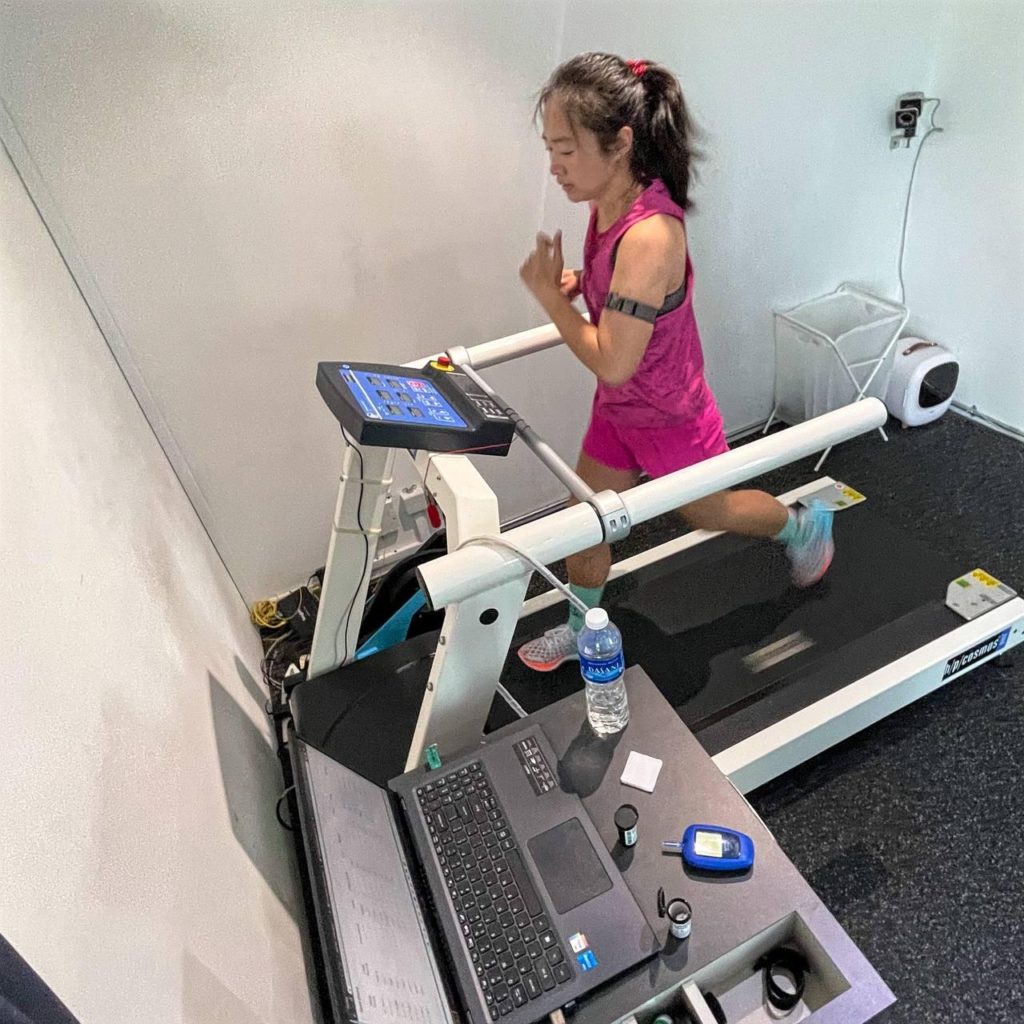To prepare me for the upcoming Under Armour All-Out Mile, I took a lactate test with Coached recently.
Running your fastest mile
Taking place from 1st to 5th June, Under Armour is encouraging all runners to run their fastest mile virtually during the above dates, at any time and location of their choosing.

Why one mile? According to Under Armour, many runners have, at some point in their running journey, taken to the track or the pavement in attempt of a mile personal record.
One mile is an accessible distance
Whether you are a seasoned marathoner or a new runner, the mile is a very accessible distance, while at the same time, also requiring focused training in order to run it at a personal best.
Under Armour hopes that through this virtual global competition, it will help runners to maintain routine by motivating them and setting new goals.
A lactate test to measure blood lactate accumulation
And this is where the lactate test by Coached comes in. A lactate test measures the accumulation of blood lactate at increasing intensities.
What is Coached? Based in Singapore, Coached is a personalised training programme that helps runners and triathletes optimise, track and enjoy their training.
My lactate test was conducted by Jim Webster, sports scientist at Coached.

Results determine anaerobic threshold and heart rate/pace zones
During the lactate test, participants complete between four to six stages at increasing intensities and at each stage, blood samples are taken from your finger to measure the lactate levels in the blood.
This data is then used to determine your anaerobic threshold and establish specific heart rate and pace training zones so that you know exactly how fast or slow you need to train.
When you train in the right way with structure and purpose, improvements in fitness and race timings will naturally follow suit. This means that you will become a faster and more efficient athlete.
Test should not be too intense
The lactate test itself is not exactly an all-out running test and should not be too intense as a whole.
It starts out quite slow, and it only gets fast nearing the end of the test. The speeds that you are tasked to run are estimated based on your 10km personal record timing.
For my test, it ended up going to six stages, beginning at 9km/h and the last stage being 14km/h.
Each stage lasts three minutes of effort, with one minute of rest time in between stages.

At the start, the lactate levels in the blood are very low, but once it rises above 2.0, the increments shot up very quick. Reaching a lactate level above 4.0 marks when you have hit your anaerobic threshold.
Lactate test started out easy, but gets harder
The test starts out at an easy conversational pace and I was still smiling, laughing and chatting to Jim at the beginning.
The first four stages felt quite ok.
I was feeling winded by the fifth stage of 13km/h and completely breathless by the final stage of 14km/h.
The one minute break, which had seemed quite reasonable at the beginning of the test, was starting to feel extremely short as I neared the end of the test.
Surprised by my results
I have to say that I was pretty surprised by the results of my blood lactate levels versus my perceived body effort.
Subsequently after the test, Jim gave me my pace zones corresponding to the heart rates that I need to hit for each zone.
Looking at my zones, it seems that I need to push myself harder in training. Apparently I am able to run faster than I think I can. Let me take some time to digest and wrap my head around this, before I get back down to training for the Under Armour All-Out Mile.

Leave a Comment